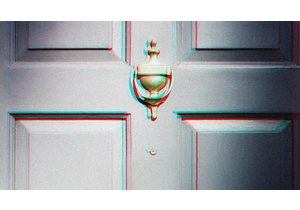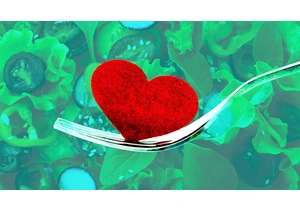Noticed all the blondes going back to their natural hair color lately? As much as many try to claim it’s because of a “hair health journey,” other factors seem to be at play here.
“How’s the economy?” one TikTok user asks in a viral video. “Well, hasn’t been good for a while seems like my indicators tell me,” the former blonde says, measuring the inches of her incoming roots with her fingers.
“THIS IS SO ACCURATE,” one commenter responded.
I’m no expert, but root length has always been a pretty solid way to tell how people are doing financially. “Remember when balayage became really popular in 2009?” asked one person in the comments. During the 2007-to-2009 recession, blonde celebrities were embracing their darker roots, a trend that mirrored the economic downturn. Now, in 2025, we’re seeing the same thing happening all over again.
One in six Americans admit to spending more on beauty and wellness than they can afford and, if you’ve ever colored your hair, you know how expensive the upkeep is. So, when purse strings tighten, expensive salon visits are the first to go.
With some hairstylists interviewed in a recent Washington Post piece charging at least $100 an hour for cuts, color, bleaching and balayage, being blonde is a luxury not everyone can afford. Suddenly, grown-out roots have become the hottest trend—and a leading economic indicator.
“When someone says they like my natural hair color better and I agree, when in reality I can no longer afford to upkeep the blonde, and this is my brunette recession era,” one TikTok post with 2.3 million views reads. “Recession brunette is back,” another TikTok user declared.
@talie028 the length of my money pieces growing out is an indicator of my current savings #enconmy #brunette #reletable
♬ original sound – á
The Wall Street Journal reported that “lived-in color,” referring to partial highlights or balayage, was last year’s trend among hairstylists. Not unlike the “lipstick effect”—the phenomenon, during an economic downturn, of consumers continuing to spend on small luxury items, such as lipstick—”lived-in color” and the “recession brunette” may be the latest stylish indicators of an economy in crisis. Bottom line: If blondes really do have more fun, these days it’s fair to presume they also have more money.
Login to add comment
Other posts in this group

Tokenization has long been a buzzword for crypto enthusiasts, who have been arguing for years that blo

Ding dong ditching has resurfaced as the “door kick challenge.” But this time it could lead to criminal charges and potentially deadly consequences.
In Florida this week, five mino

Alphabet beat Wall Street estimates for its second quarter on Wednesday, and cited massive

It’s been said that online dating killed the meet cute. Now, as people struggle with dating app burnout, some are supposedly resorting to stealing men’s lunches for a chance at creating their own.
An artificial intelligence agenda that started coalescing on the podcasts of

Tesla is likely to post its

A Trenta Starbucks is no longer cutting it. The latest coffee trend has people ordering their iced lattes by the bucket.
Earlier this year, independent coffee shops started going viral
